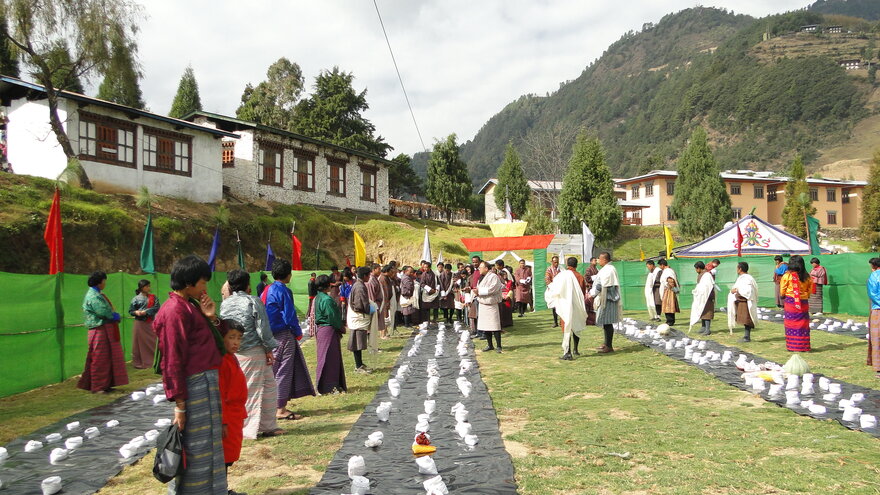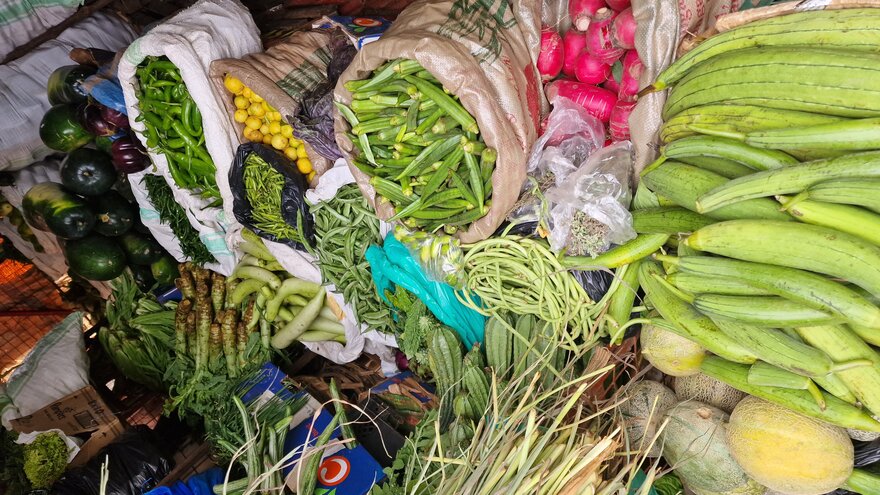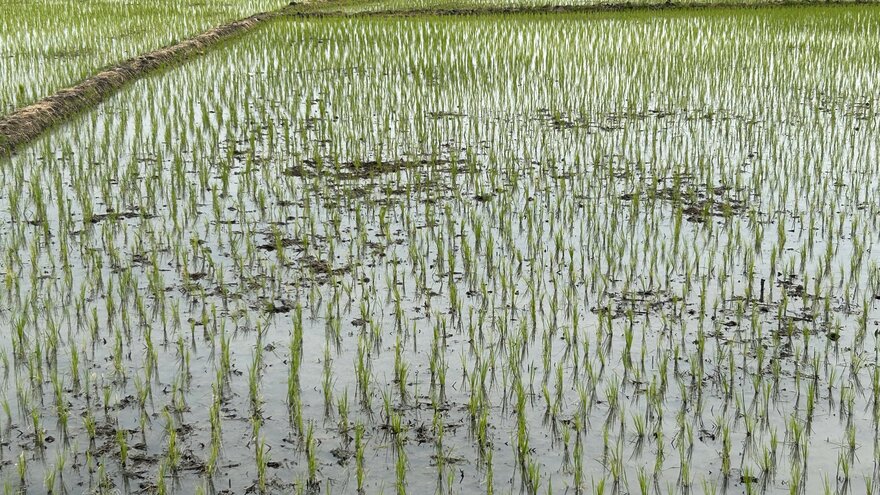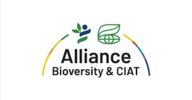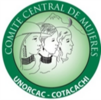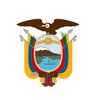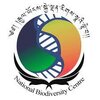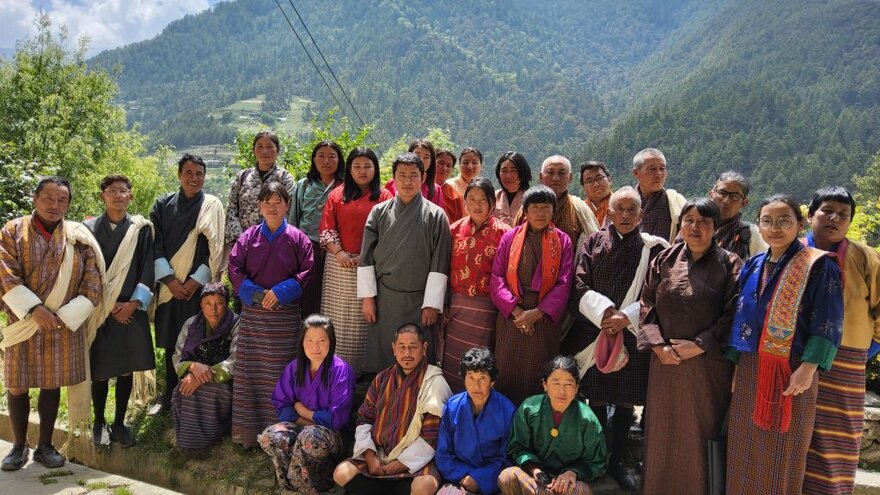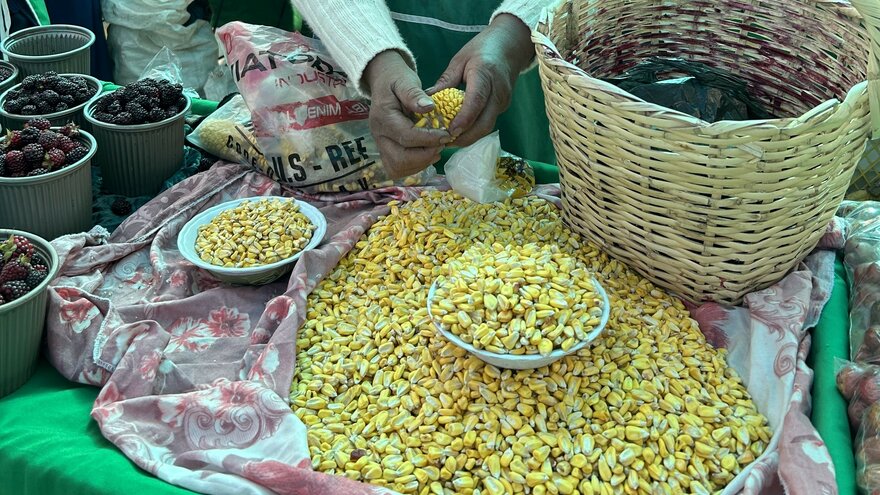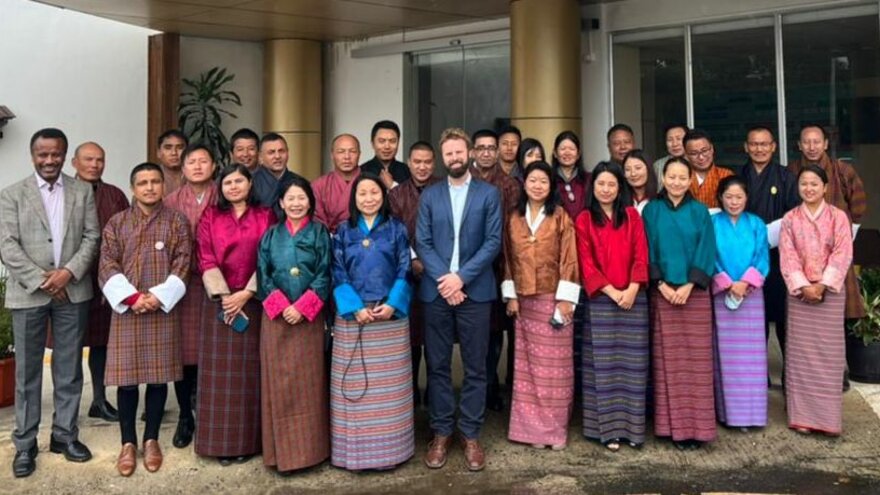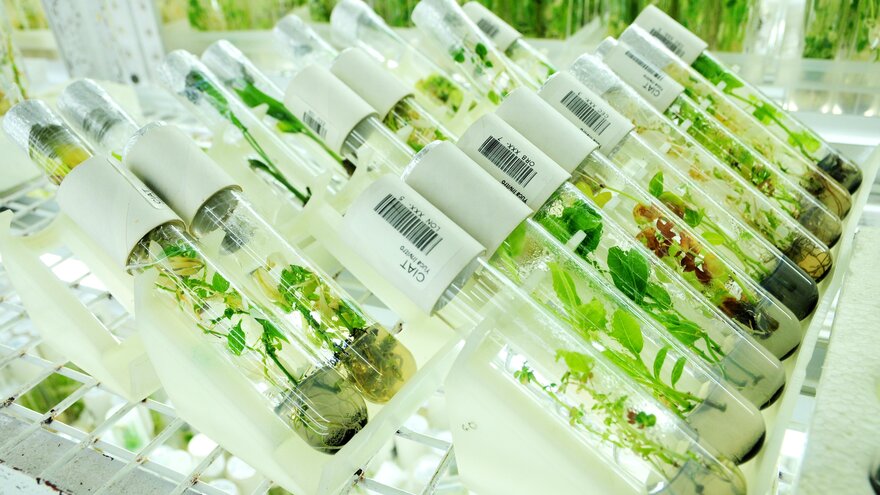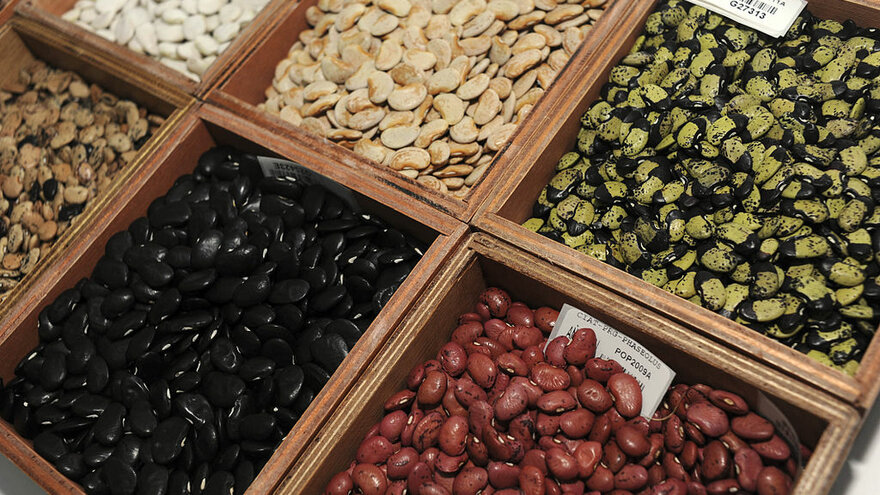Background
Biodiversity for Opportunities, Livelihoods, and Development (BOLD) is a ten-year project aimed at strengthening food and nutrition security by supporting the conservation and use of crop diversity. The project is led by the Global Crop Diversity Trust and funded by the government of Norway.
NMBU's Seed System Lab is a research and knowledge partner in the BOLD project. In tandem with agricultural research institutes, universities, farmers’ organizations and other actors, we co-develop knowledge, assess impact, and build capacity to improve farmers’ access to crop diversity.
Goal
We collaborate on two components of the BOLD project.
Seed Systems: our goal is to investigate the functioning of seed systems in four countries (Uganda, Tanzania, Ecuador and Bhutan) and to identify and test ways to enhance farmers’ access to quality seed of preferred crop varieties, through linkages between national genebanks and other actors.
Opportunity Crops: we aim to increase the capacity of researchers, practitioners, and food systems actors in East and West Africa to improve the production, use and consumption of nutritious but currently underused, climate resilient and environment-friendly crops – often called neglected and underutilized species.
Research activities
Seed system research: From 2022-2024 we worked with national partners to conduct research on the seed systems in Uganda, Tanzania, Ecuador and Bhutan. The research aimed to assess the functioning of seed systems and identify anchor points for strengthening farmers’ seed security. See our our Toolkit for details.
Pilot projects: The findings of the research are being used to design pilot projects aimed at increasing farmers’ seed security and strengthening linkages between seed system actors. The projects will be implemented from 2025 to 2029 by consortia of seed system actors, including government agencies, NGOs and farmers’ organizations.
Impact assessment : NMBU together with research partners will follow the implementation of the seed system pilot projects, and conduct research to assess the effectiveness and impact of the interventions.
Training of African PhDs: The BOLD project is providing PhD scholarships to 8 promising African researchers who will study how to to improve the production, use and consumption of opportunity crops. The candidates will be co-supervised by a team of researchers at Makerere University (Uganda), University of Abomey-Calavi (Benin) and NMBU.
Seed Academy Courses: NMBU together with Wageningen University, Oxfam, and other partners will organize a series of innovative postgraduate courses for researchers and practitioners. The 2025 edition, entitled "Seed Systems of Opportunity Crops and the Diversification of Food Systems”, was held in Uganda March 23-April 3.
Impact assessment: Starting in 2026, we will also conduct research linked to the implementation of BOLD projects aimed at increasing the production, marketing and consumption of key opportunity crops.
Partners and researchers
Key partners
- Crop Trust
- Alliance of Bioversity and CIAT - Uganda
- Plant Genetic Resources Centre – Uganda
- Makerere University Regional Centre for Crop Improvement - Uganda
- National Plant Genetic Resources Centre – Tanzania
- Comité Central de Mujeres de la UNORCAC - Ecuador
- Instituto Nacional de Investigaciones Agropecuarias - Ecuador
- National Biodiversity Centre - Bhutan
- University of Abomey-Calavi, Genetics, Biotechnology and Seed Science Unit - Benin
News and events

Ugandan farmers teach scientists to rethink seed systems - Crop Trust blog by David Henry
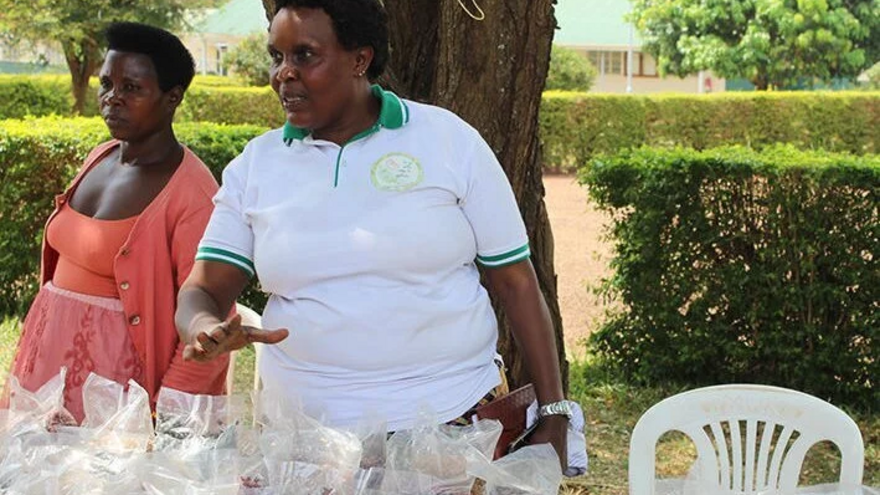
Connecting for better outcomes for farmers - Crop Trust
Read more on the crop trust website:
BOLD project
